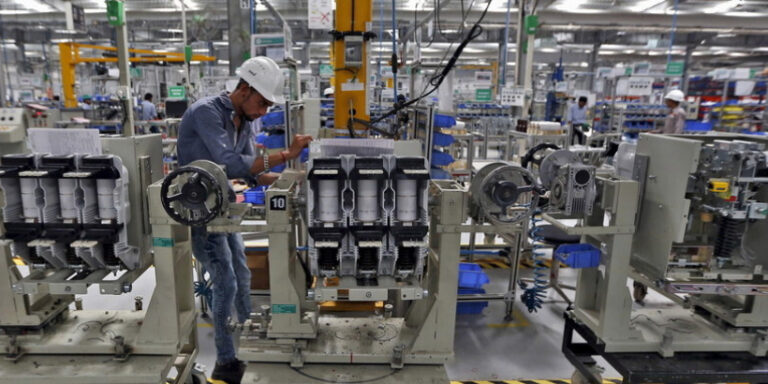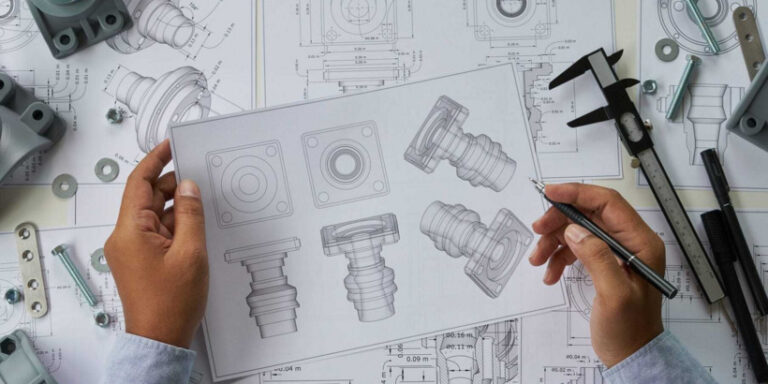5 Ways To Reduce Downtime In Manufacturing
Hey there manufacturing professionals! Are you tired of production downtime slowing down your operations and causing headaches? Well, look no further because in this article we’re going to cover five ways to reduce that pesky downtime.
First off, let’s address the elephant in the room – downtime costs money. Whether it’s due to equipment failure or maintenance issues, every minute of idle machinery can mean lost revenue and decreased productivity.
Not only does it affect your bottom line, but it also impacts customer satisfaction if orders are delayed or not fulfilled on time.
So, let’s dive into some strategies that can help minimize downtime and keep those machines running smoothly.
Table of Contents
Streamlining Maintenance Procedures
Picture this: it’s a busy day at the factory and you’re in charge of maintenance. You’ve got your trusty toolbox, but there are too many machines to maintain and not enough time to keep them all running smoothly.
This is where scheduling optimization comes into play. By analyzing data on machine usage and prioritizing maintenance tasks based on their importance, you can streamline your procedures and reduce downtime.
Another important aspect of reducing downtime is preventive maintenance – fixing potential issues before they become major problems. By incorporating regular inspections and upkeep into your schedule, you can catch small issues early on and prevent costly breakdowns down the line.
Overall, taking proactive steps towards streamlining your maintenance procedures will inevitably lead to increased efficiency and decreased downtime for your manufacturing operation.
Identifying And Replacing Faulty Equipment
Now that we have discussed the importance of reducing downtime in manufacturing, let’s talk about identifying and replacing faulty equipment.
One effective way to prevent unexpected machine breakdowns is by implementing a comprehensive preventive maintenance program. This involves regularly scheduled inspections, cleaning, lubrication, and replacement of worn-out parts before they fail.
Additionally, incorporating machine monitoring technologies such as sensors can help identify potential problems before they cause costly unplanned downtime.
By taking these proactive measures, you can significantly reduce the risk of production interruptions caused by malfunctioning machinery.
Implementing Automation
Picture this: a factory with machines working tirelessly, but suddenly one machine malfunctions and causes the entire production line to shut down.
This scenario is not only costly, it can also cause delays in orders and disappoint customers. However, there is a solution – integrating robotics into manufacturing processes can reduce downtime by taking on repetitive tasks and reducing human error.
Monitoring data from these robots can also help identify potential issues before they cause major problems. Automation may seem like an expensive investment at first, but it ultimately saves time and money in the long run while increasing efficiency and productivity.
By implementing automation, manufacturers can keep their operations running smoothly without interruptions caused by unexpected breakdowns or errors.
Ensuring Adequate Staffing
When it comes to reducing downtime in manufacturing, one vital aspect is ensuring adequate staffing. This means having enough trained and capable staff members on hand to handle any issues that may arise.
Enhanced training programs can help employees develop the skills they need to tackle problems quickly and effectively, minimizing the impact of downtime.
Additionally, better communication between supervisors and workers can keep everyone informed about potential issues or changes in production schedules, allowing for a more proactive approach to preventing downtime.
By prioritizing adequate staffing and investing in employee training and communication, manufacturers can significantly reduce their downtime and improve overall productivity.
Improving Efficiency Through Technology
As we discussed in the previous section, having adequate staffing is crucial to reducing downtime. However, there are other ways to improve manufacturing efficiency and reduce downtime.
Did you know that maximizing throughput can increase production by up to 50%? By revising protocols and processes, manufacturers can identify bottlenecks and remove them from their workflow. This could involve reorganizing workstations or investing in new equipment to automate tasks.
Additionally, technology can play a significant role in improving efficiency. For example, implementing real-time monitoring systems allows for quicker identification of issues and faster resolution times.
Overall, it’s important for manufacturers to continuously evaluate their processes and make adjustments as needed to minimize downtime and maximize productivity.
Leveraging Predictive Analytics
Nowadays, many manufacturing firms are using predictive analytics to reduce downtime and improve productivity.
Machine learning algorithms help predict when machines will fail based on data collected from sensors installed in the equipment.
The data is then analyzed through predictive modeling techniques to identify patterns that could indicate a potential problem or failure.
This allows manufacturers to take proactive measures before an actual breakdown occurs, minimizing the impact on production schedules and avoiding costly repairs.
Additionally, machine learning models can be used to optimize maintenance schedules by predicting when maintenance should be performed based on usage patterns rather than fixed time intervals.
All these benefits of leveraging predictive analytics lead to increased uptime and overall efficiency in manufacturing operations.
Adopting An Agile Mindset
When it comes to reducing downtime in manufacturing, I’ve found that adopting an agile mindset can be incredibly effective. Embracing change and being open to new ideas is key to staying ahead of the game and minimizing disruptions. Continuous improvement should always be a top priority, as it allows for small tweaks along the way rather than major overhauls down the road.
Here are four ways you can start embracing an agile mindset:
- Encourage collaboration between teams
- Prioritize flexibility in processes and procedures
- Promote experimentation and risk-taking
- Use data-driven decision-making
By incorporating these practices into your approach, you’ll not only reduce downtime but also create a culture of innovation within your organization. Remember, change doesn’t have to be scary by making incremental improvements over time, you’ll be able to stay competitive while avoiding major interruptions to your production line.
Conclusion
In conclusion, downtime in manufacturing can be a frustrating and costly issue. However, there are several ways to reduce the amount of time your equipment is offline.
By streamlining maintenance procedures and identifying faulty equipment early on, you can keep your machines running smoothly and prevent unexpected shutdowns.
Implementing automation technology can also help improve efficiency by reducing human error and increasing production speed.
Ensuring adequate staffing levels is crucial for keeping up with demand and preventing overworked employees from making mistakes that could lead to downtime.
Lastly, adopting an agile mindset means being proactive instead of reactive when it comes to potential issues. Leveraging predictive analytics can give you valuable insights into potential problems before they occur, allowing you to take action before any damage is done.
By implementing these strategies, you’ll not only reduce downtime but also increase overall productivity and profitability. Remember, every minute of lost production time costs money so don’t wait until it’s too late to start taking action!






